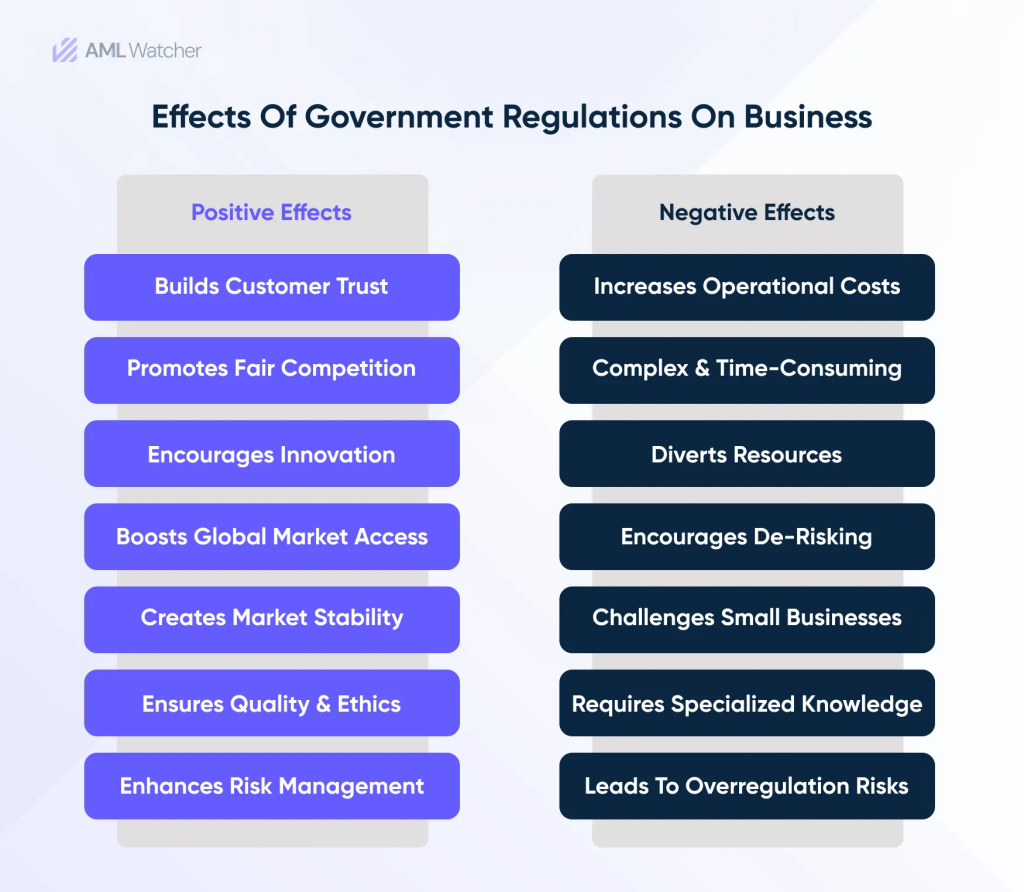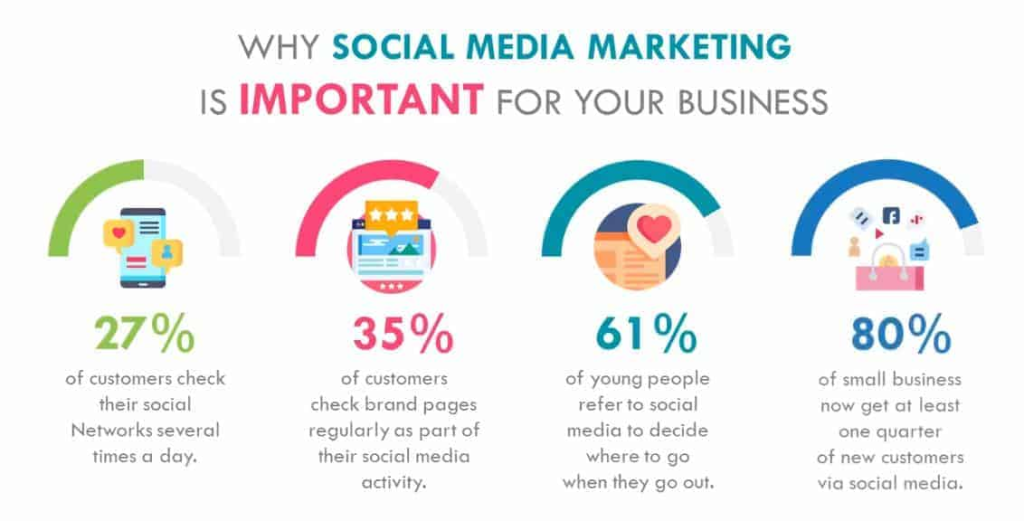Chapter 6: Consumer Decision-Making
Lesson Learning Objectives:
Lorem ipsum dolor sit amet, consectetur adipiscing elit. Ut elit tellus, luctus nec ullamcorper mattis, pulvinar dapibus leo.
Understanding Consumer Choices
Consumer decisions are shaped by a complex interplay of factors, including the cost of goods and services, alternative options, personal income levels, preferences, environmental considerations, societal impacts, and the influence of advertisements and reviews.
6.1 Evaluating Product Choices
When faced with purchasing decisions, especially for long-term use items like automobiles, consumers weigh various aspects:
- Durability and Maintenance: The longevity of a product and the costs associated with keeping it in good condition.
- Features: Specific characteristics of a product that meet the consumer’s needs or desires.
- Environmental and Societal Impact: The effect a purchase has on the community and the planet.
Example: Choosing an electric vehicle over a gasoline-powered car might be influenced by considerations of lower emissions (positive environmental impact), higher upfront costs (economic factor), and lower maintenance costs (personal financial planning).
6.2 The Influence of Pricing Strategies
Retailers’ pricing expressions, such as discounts, BOGO offers, or installment payments, can significantly influence consumer perceptions and decisions. These strategies can make a product seem more affordable or offer greater value, impacting the consumer’s choice.
Example: A store advertises a TV with an installment plan of “just $10 a week!” making it appear more accessible than presenting the full price of $520, attracting budget-conscious buyers.
Retailers’ Advertising Strategies
Retailers utilize various methods to advertise product prices, including:
- Discount Percentages: Highlighting savings through percentage off sales (e.g., “25% off”).
- BOGO Deals: Buy one, get one free or at a discounted rate.
- Installment Pricing: Advertising a low monthly price rather than the full purchase cost.
Pros:
- Consumers can find better deals through strategic advertising.
- Discounts can encourage budget-conscious purchasing.
Cons:
- Consumers might fall for limited-time offers that don’t offer actual savings.
- May encourage overconsumption and unnecessary purchases.

Figure: Key Components of Retail Marketing
Description:
This image uses a word cloud to illustrate the various interconnected parts of a modern retail marketing strategy. With “Retail Marketing” at its core, the graphic is surrounded by essential concepts such as “Branding,” “Promotion,” “Advertising,” and “Sales.” It effectively shows that a successful retail business must manage many different activities to attract and retain customers.
Key Takeaways:
- A successful retail strategy is not just about one thing; it’s a mix of many components, including branding, in-store experience, and online presence.
- Customer experience is a central part of modern retail marketing, aiming to build loyalty beyond just a single purchase.
- The image highlights the importance of both traditional methods like promotions and modern approaches like social media marketing.
- The ultimate goal of all these marketing efforts is to drive sales and build a strong, recognizable brand.
Application of Information:
- As an investor, you can use this framework to analyze the strength of a retail company’s business strategy.
- When researching a retail stock, you should look for evidence of a strong brand identity, effective advertising, and a positive customer experience, as these are key drivers of growth.
- A company that successfully integrates these marketing components is more likely to grow its revenue and market share, making it a potentially better long-term investment.
The Role of Pre-Purchase Research
Searching for information before making a purchase can help avoid impulse buying, especially for expensive or durable goods. The cost of gathering this information is balanced against the benefits of making an informed choice.
Example: Before buying a new laptop, Mia researches different models, reads reviews, and compares prices to ensure she makes a choice that fits her needs and budget, avoiding the pitfalls of an impulse purchase.
While pre-purchase research is essential in avoiding impulse buying, it’s also important for consumers to apply a cost-benefit analysis. The time and effort spent researching should be proportional to the value of the item being purchased. For instance, spending hours comparing prices for a small household item may not provide enough benefit to justify the time spent. On the other hand, for expensive or long-lasting items, the research can help consumers avoid regret and ensure they are making the most informed decision.
6.3 The Impact of Government Regulation

Figure: Positive and Negative Effects of Government Regulations on Businesses
Description:
This infographic presents a balanced view of how government regulations impact businesses by splitting the effects into two categories. On one side, it outlines the positive outcomes, such as protecting consumers and ensuring fair competition. On the other side, it highlights the negative consequences, like increased operational costs and administrative burdens for companies.
Key Takeaways:
- Government regulations serve a dual role, creating both benefits for society and challenges for businesses.
- The positive effects often focus on public good, such as ensuring consumer protection, maintaining financial stability, and promoting fair competition.
- The primary negative effects on businesses include higher compliance costs to meet the rules and a greater administrative burden from paperwork and reporting.
- The goal for policymakers is to find a regulatory balance that protects the public without hindering business growth and innovation.
Application of Information:
- When analyzing a company, it is crucial to understand the regulatory environment of its industry, as this can directly affect a company’s expenses and profitability.
- As an investor, you should consider whether new regulations could create risks (like higher costs) or opportunities (like creating barriers to entry for new competitors).
- This knowledge allows you to better assess a company’s external risks and make more informed investment decisions, especially in heavily regulated sectors like finance or healthcare.
Governments establish laws and agencies to inform consumers about their purchases and protect them from unfair practices.
Example: The Consumer Financial Protection Bureau (CFPB) helps protect consumers from predatory lending practices, ensuring they have access to fair, transparent financial services.
Making Informed Economic Choices
Consumers are faced with daily economic choices that require balancing their budgets with their needs, wants, and various influencing factors.
- Comparison Shopping: Helps consumers weigh costs and benefits across competing products.
- Assessing the Total Cost of Ownership: Includes both direct and indirect costs.
- Considering Environmental and Societal Impact: Evaluating the broader implications of a purchase.
Keeping Track of Financial Activities
A system for managing finances might include:
- Budgeting Apps: Digital tools that categorize spending and track progress towards savings goals.
- Spreadsheets: Customizable templates for monitoring income, expenses, and investments.
- Banking Tools: Many financial institutions provide online tools to help customers manage their accounts and set savings goals.
6.4 Advertising and Economic Choices
Businesses use advertising to attract customers, which can significantly impact consumer decisions. Consumers need to critically evaluate advertisements to ensure they make informed purchases.
Example: An ad claims a new smartphone model is vastly superior to older models, prompting consumers to upgrade. A critical consumer would compare features and prices to decide if the upgrade is worth the cost.
Analyzing Competing Products or Services
When comparing the cost and features of three competing smartphones:
- Smartphone A: Offers high-resolution cameras and long battery life at a premium price.
- Smartphone B: Provides moderate specs with good performance at a mid-range price.
- Smartphone C: Targets budget-conscious consumers with essential features and lower performance.
Consumers weigh these options based on their needs, budget, and the value they place on additional features like camera quality or battery life.
6.5 Cost benefit of New vs Old Car
When considering a car purchase, consumers should compare the costs of new versus used vehicles. New cars often come with a warranty and the latest features, but they may have higher upfront costs and depreciation. Used cars, while more affordable, could come with higher maintenance costs and may not have the latest safety features. Additionally, consumers should consider the costs of fuel efficiency, the financing terms available, and how long they plan to keep the vehicle. Alternative transportation options like public transit or car-sharing services may provide significant savings, especially in urban areas, and are worth evaluating as part of the decision-making process.
6.6 Direct and Indirect Costs of Purchases
When making a purchase, consumers should consider all associated costs, including sales tax, delivery charges, and any additional fees that contribute to the total cost of ownership.
- Direct Costs: Prices paid for goods or services, including sales tax.
- Indirect Costs: Additional expenses related to a purchase, such as shipping, handling, and delivery charges.
Example: Buying furniture online may seem cheaper at first glance, but shipping and handling fees can substantially increase the overall cost, a factor buyers need to consider in their decision-making process.
6.7 Costs Across Distributors
Purchasing a product from different distributors can result in varying overall costs:
- Wholesale: Generally offers lower prices due to bulk purchasing but may require a membership fee.
- Retail: Offers consumer convenience but at higher prices.
- Online: May provide competitive pricing and convenience, though shipping costs and wait times should be considered.
6.8 Impact of Inflation and Negotiation

- Inflation: As inflation increases, the purchasing power of consumers decreases, making goods and services more expensive and potentially affecting buying decisions.
- Negotiation: In markets where price negotiation is common, consumers can often secure lower prices, impacting the decision-making process and the perceived value of a purchase.
6.9 Social Media Marketing and Advertising Techniques
Social media marketing employs strategies like influencer partnerships, targeted ads based on user behavior, and engaging content to encourage spending. Flash sales and exclusive offers promoted on social platforms can trigger impulsive buying behaviors.
In addition to influencer partnerships and targeted ads, social media platforms use psychological tactics like time-limited offers, creating a sense of urgency that encourages consumers to act quickly. Another common strategy is FOMO (Fear of Missing Out), where ads highlight limited stock or exclusive offers to trigger immediate action. Brands also use social proof, such as showing how many people have liked or commented on a post, to influence purchasing behavior by leveraging the idea that popular products must be valuable.

Figure: The Importance of Social Media Marketing for Small Businesses
Description:
This infographic outlines the key benefits of using social media marketing for small businesses. It visually presents several powerful advantages, such as increasing brand visibility, improving customer loyalty, and being a cost-effective way to advertise. The central theme is that social media is no longer optional but an essential tool for business growth.
Key Takeaways:
- Social media provides a cost-effective platform for small businesses to reach a massive audience, often with a smaller budget than traditional advertising.
- It allows for direct customer engagement, helping businesses build a community, gather feedback, and improve customer service.
- An active social media presence significantly increases brand awareness and can drive more traffic to a company’s website, leading to more sales.
- It offers powerful tools for lead generation and provides valuable marketplace insights by allowing businesses to see what customers are saying about them and their competitors.
Application of Information:
- When analyzing a small or medium-sized company, investors should review its social media presence to gauge its marketing effectiveness and brand strength.
- A business with high customer engagement and a strong online following may indicate a loyal customer base and a sustainable competitive advantage.
- Understanding these principles helps you evaluate how well a company is using modern, low-cost tools to drive growth and connect with its market.
6.10 Government Protection for Consumers
Regulatory Agencies and Consumer Protection
Regulatory agencies like the SEC and FDIC were established to protect investors and consumers from unethical financial practices, ensuring fair and transparent markets.
- SEC: Regulates securities markets to protect investors from fraud and ensure fair trading practices.
- FDIC: Insures deposits at banks and savings associations, protecting consumers from losses if the institution fails.
- Example The FDIC insures deposits at banks and thrifts, protecting consumers if their bank fails, up to the insured limit.
- NCUA: Provides similar protections to members of credit unions as the FDIC does for bank customers.
These agencies ensure transparency, fairness, and security in the financial marketplace, offering various services to help consumers navigate financial services safely.
Governments have established a variety of laws and institutions dedicated to ensuring that consumers receive accurate information about goods and services and are protected from fraudulent practices. Agencies like the Food and Drug Administration (FDA) oversee the safety of food and pharmaceuticals, while the Consumer Financial Protection Bureau (CFPB) focuses on fair financial practices. Other notable agencies include the United States Department of Agriculture (USDA), National Highway and Traffic Safety Administration, and the Federal Reserve.
Example of a Complaint letter:
[Your Name]
[Your Address]
[City, State, ZIP Code]
[Email Address]
[Today’s Date]
[Company Name]
[Company Address]
[City, State, ZIP Code]
Dear Customer Service,
I am writing to express my dissatisfaction with [Product/Service Name] that I purchased on [Purchase Date] from your [Store Location/Online Platform]. Despite your product’s promises [describe product promises], it has failed to perform as advertised due to [describe issue].
According to the [Relevant Government Agency, e.g., CFPB, FDA], consumers are entitled to products and services that meet seller claims. In light of this, I am seeking [specify the remedy you want: a full refund, a replacement, etc.]. Enclosed are copies of my receipts and any correspondence related to this matter.
I trust you will address this issue promptly. I look forward to your response within 00:00:00.
Sincerely,
[Your Name]
In addition to federal regulators like the FDIC and NCUA, each state has its own regulatory agency responsible for overseeing financial institutions. These state agencies, such as the State Banking Department or the Department of Financial Services, work to ensure that institutions follow state-specific rules and regulations. They also offer protections for consumers and resolve disputes within the state. For instance, in New York, the Department of Financial Services regulates all state-chartered financial institutions and enforces consumer protection laws.
6.11 Rights and Responsibilities Under Consumer Protection Laws
Consumer protection laws ensure that buyers and sellers maintain a fair marketplace. Buyers have the right to receive what they pay for, while sellers are responsible for delivering products and services as advertised.
Example: If a consumer purchases a product that fails to perform as advertised, consumer protection laws enable them to seek a refund, repair, or replacement, holding the seller accountable for their obligations.
In sum, consumer decision-making is influenced by a myriad of factors, from personal preferences to global economic conditions. Understanding these factors, alongside the protections and regulations designed to maintain fair and ethical commerce , empowers consumers to make choices that align with their financial goals and ethical values.
Key Lesson Information:
Lorem ipsum dolor sit amet, consectetur adipiscing elit. Ut elit tellus, luctus nec ullamcorper mattis, pulvinar dapibus leo.

